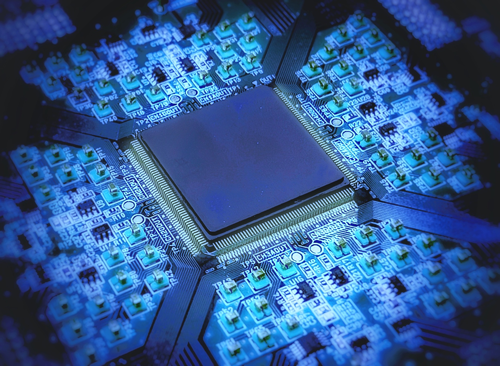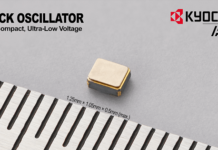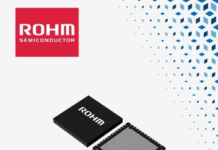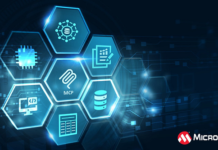
Highlights:
- Jointly developed a prototype of analog reservoir AI chip with Hokkaido University
- Enables real-time learning on edge devices
- Demonstration device using analog reservoir AI chip to be exhibited at CEATEC 2025 in Japan
TDK Corporation has jointly developed a prototype of a reservoir AI chip using an analog electronic circuit that mimics the cerebellum with Hokkaido University. At CEATEC 2025 in Japan – from October 14 to 17, 2025, TDK will exhibit a demonstration device that combines the real-time learning function of the analog reservoir AI chip with TDK’s acceleration sensors.
Reservoir computing is a computational model capable of processing simple time varying, time-series data, tasks with low power consumption and high speed operation. A concept that contrasts with reservoir computing is the deep learning model. With the development of AI and the use of big data in recent years, the challenges of computational processing of huge amounts of data and increasing power consumption have become apparent, and the rapid spread of generative AI has made AI processing increasingly dependent on the cloud. Traditional deep learning models consist of an input layer, a hidden layer, and an output layer. The input layer receives the information first, and the hidden layer performs various and huge number calculations. The final output layer shows the learning results. The more hidden layers there are, the more complex computations (~trillions) can be performed. However, this leads to massive data processing, resulting in increased power consumption and latency.
Reservoir computing, on the other hand, consists of an “input layer,” “reservoir layer,” and “output layer.” The reservoir layer does not necessarily require calculations and uses natural phenomena that propagate over time. For example, in the input layer, the natural phenomenon of multiple water surface waves is used as the input value. The next reservoir layer sends the results of propagation of surface waves and their mutual interference to the output layer. The last output layer properly reads the state of the reservoir layer and deduces the characteristics of how the waves on the surface of the water moved. In the reservoir layer, the results of natural phenomena are sent without the need for calculations, so the number of parameters to be adjusted during training is significantly reduced, and tasks can be processed at low power and at high speed. Therefore, analog reservoir AI is expected to be utilized in tasks that require information processing tailored to individual situations at the edge, such as robots and human interfaces that demand high-speed processing without the need for large-scale computation. Traditionally, it has been considered difficult to put reservoir computing devices into practical use. This is because reservoir computing is not a universal AI like deep neural networks, but an AI that specializes in time-series data processing. In addition, it was difficult to obtain the benefits of low power when reservoir computing devices were implemented in digital computing, and there were no specific reservoir computing devices that used physical phenomena to consider power consumption and high-speed operations.
The demonstration device to be exhibited at CEATEC 2025 in Japan will show that users can never win in rock-paper-scissors made possible by reservoir computing. This demo machine determines the user’s hand gesture for rock-paper-scissors while their fingers are still moving and quickly presents the winning gesture ahead of time. In rock-paper-scissors, there are individual differences in finger movement, and in order to accurately determine what to do next, it is necessary to learn those individual differences in real time. This demonstration device is attached to the hands of users, the movement of the fingers is measured with an acceleration sensor, and the simple task of deciding what to play with rock-paper-scissors is processed in real time and at high speed on the analog reservoir AI chip, allowing users to realize “rock-paper-scissors that can never be won.” By demonstrating a single use case with the prototype chip developed in this project, TDK hopes to foster a broader understanding of reservoir computing and expect that this will lead to accelerated commercialization of reservoir computing devices for edge AI applications in the market.
TDK announced neuromorphic devices that mimic the cerebrum using TDK’s spintronics technology in 2024 as a proposal to solve social problems. This time, the company will present reservoir computing that mimics the cerebellum with various physical phenomena such as analog circuits, sensors, and electronic components. Neuromorphic devices perform complex calculations with low power consumption, while reservoir computing devices specialize in time-changing information such as rock-paper-scissors, and achieve low power consumption and fast computation in ultra-low-power products such as the edge, which directly handles sensor data. In the future, TDK will further advance research on reservoir computing in collaboration with Hokkaido University and will contribute to the development of the “AI ecosystem market” by collaborating with our Sensor Systems Business Company and TDK SensEI, which develops sensor solutions business in the edge area.
















